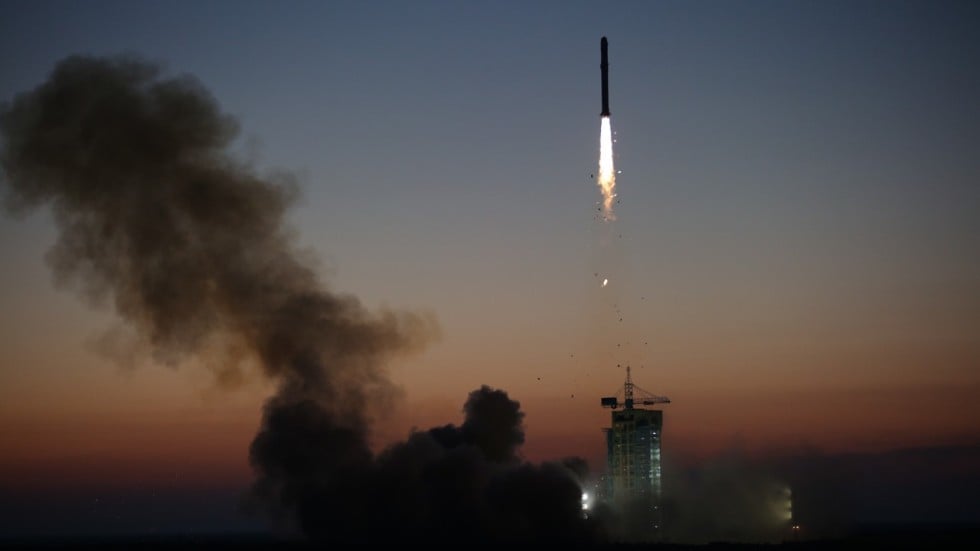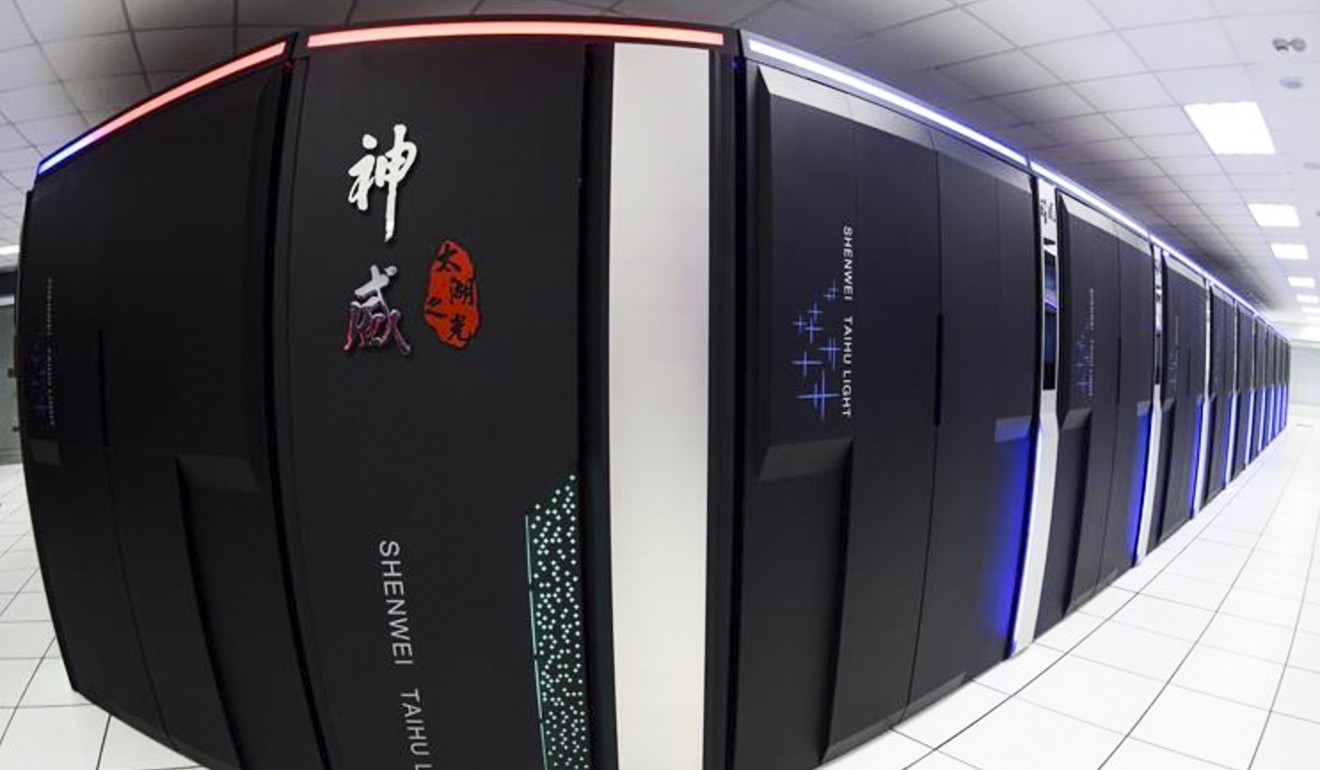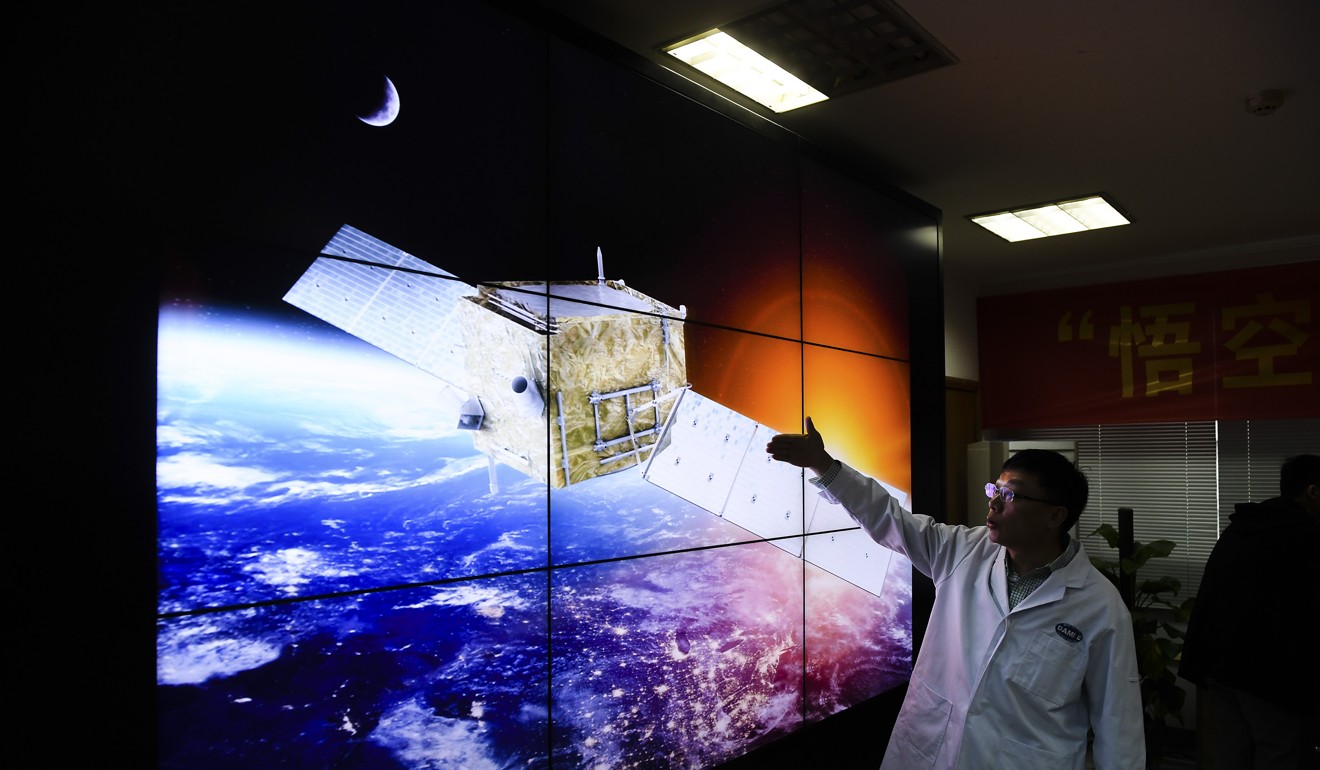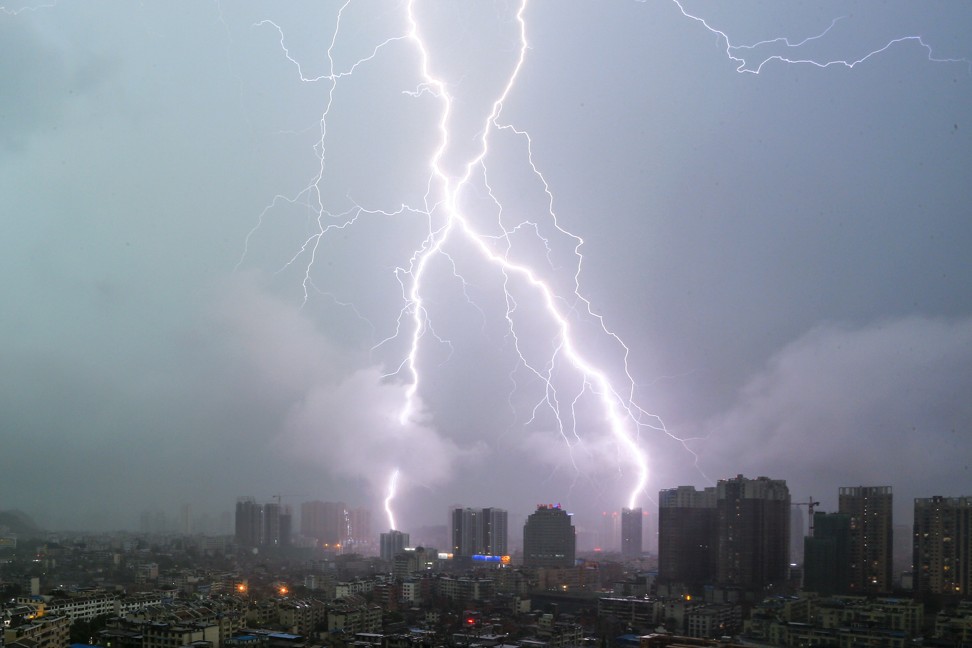 Military breakthroughs, supercomputers, dark matter and more. Chinese scientists marked several firsts in 2017, such as testing spy drones in near space and detecting the world’s first trace of dark matter. They also embarked on some groundbreaking research projects, including building the world’s most powerful facial recognition system that can identify its 1.3 billion citizens within three seconds. Here are some of the most popular China science stories we covered this year. China builds world’s fastest wind tunnel to test weapons that could strike US within 14 minutes
Military breakthroughs, supercomputers, dark matter and more. Chinese scientists marked several firsts in 2017, such as testing spy drones in near space and detecting the world’s first trace of dark matter. They also embarked on some groundbreaking research projects, including building the world’s most powerful facial recognition system that can identify its 1.3 billion citizens within three seconds. Here are some of the most popular China science stories we covered this year. China builds world’s fastest wind tunnel to test weapons that could strike US within 14 minutes
As the race to develop hypersonic technology intensified, China revealed it was building the world’s fastest wind tunnel to simulate hypersonic flight at speeds of up to 12 kilometres per second. The world’s most powerful wind tunnel at present is America’s LENX-X facility, which operates at speeds of up to 10 kilometres per second – 30 times the speed of sound. A hypersonic vehicle flying at 12 kilometres per second from China could reach the west coast of the United States in less than 14 minutes. Researchers aim to have the facility up and running by around 2020.

China tests new spy drones in near space ‘death zone’
Near space, which begins at about 20km above sea level, had been regarded as a “death zone” for drones. However, a new type of Chinese-developed drone that is undergoing testing appears to have overcome its challenges. The test involved two experimental unmanned aerial vehicles being sent up on a high-pressure balloon before being deployed at different altitudes. Significantly, throughout their flights, the drones barely left traces on radar due to their small size – the drones are small enough to fit in a shoebox and weigh about the same as a soccer ball.

Chinese engineers plan 1,000km tunnel from Tibet to Xinjiang
Chinese engineers are testing techniques that could be used to build a 1,000km tunnel – the world’s longest – to carry water from Tibet to Xinjiang. The proposed tunnel, which would drop down from the world’s highest plateau in multiple sections connected by waterfalls, would “turn Xinjiang into California”, one geotechnical engineer said. China’s longest tunnel is the eight-year-old 85km Dahuofang water project in Liaoning province, while the world’s longest tunnel is the 137km main water supply pipe beneath the city of New York.

China to build giant facial recognition database to identify any citizen within seconds
China is building the world’s most powerful facial recognition system that can identify any one of its 1.3 billion citizens within three seconds. The goal is for the system to match someone’s face to their ID photo with about 90 per cent accuracy. But it is unclear when the system will be ready, as the development faces many difficulties due to the technical limits of facial recognition technology and China’s large population. At present, similar systems operate on a smaller scale, including police databases and city or provincial ID pools.
Supercomputer superpower China takes biggest lead over US in 25 years
 China has claimed a bigger share of the world’s fastest machines, extending its lead over the United States in supercomputing supremacy. China now has 202 of the world’s 500 fastest supercomputers on the TOP500 list compared with the US total of 143. The list, produced twice a year, rates supercomputers based on speed in a benchmark test by specialists from Germany and the US. China’s Sunway TaihuLight and Tianhe-2 are the two fastest supercomputers in the rankings, with Switzerland taking third place, Japan fourth and the US fifth.
China has claimed a bigger share of the world’s fastest machines, extending its lead over the United States in supercomputing supremacy. China now has 202 of the world’s 500 fastest supercomputers on the TOP500 list compared with the US total of 143. The list, produced twice a year, rates supercomputers based on speed in a benchmark test by specialists from Germany and the US. China’s Sunway TaihuLight and Tianhe-2 are the two fastest supercomputers in the rankings, with Switzerland taking third place, Japan fourth and the US fifth.
Is smog breeding storms? China explores rise in lightning deaths
Chinese researchers are investigating the link between rising sulphate levels and the rapid increase of lightning strikes on people. Lightning now kills or injures nearly 4,000 people in China annually, but less than 20 years ago the reported casualties were only a tenth of that. After the 1990s, there was an uptick in the number of people killed or injured by lightning strikes in Beijing, which coincided with the increase of emissions. A study reported by the South China Morning Post last year showed that sulphate levels in Beijing’s skies could be equivalent to those caused by volcanic eruptions.
How a Chinese space probe might have shed light on the mystery of dark matter
 A Chinese team has detected what may be the first trace of dark matter, one of the great mysteries of astronomy and physics. Scientists believe dark matter makes up 80 per cent of the mass of the entire universe. The team’s research sparked the publication of nearly 30 scientific papers in less than a week as physicists around the world debate the significance of the findings. Scientists believe that for the first time they have been able to “weigh” the mass of dark matter. The Chinese team’s data was published in the scientific journal Nature in December.
A Chinese team has detected what may be the first trace of dark matter, one of the great mysteries of astronomy and physics. Scientists believe dark matter makes up 80 per cent of the mass of the entire universe. The team’s research sparked the publication of nearly 30 scientific papers in less than a week as physicists around the world debate the significance of the findings. Scientists believe that for the first time they have been able to “weigh” the mass of dark matter. The Chinese team’s data was published in the scientific journal Nature in December.
Chinese satellite makes breakthrough in quantum communication
 China has carried out the first quantum entanglement from space in what could be a significant step towards a new era of “hack-proof” communication. Entanglement refers to a feature of quantum physics whereby two particles separated by a distance are mysteriously linked in existence, so that if the status of one is measured or disturbed, the other changes immediately. The Micius satellite managed to successfully distribute a pair of entangled photons between two scientific facilities that were 1,200km apart on the Tibetan Plateau.
China has carried out the first quantum entanglement from space in what could be a significant step towards a new era of “hack-proof” communication. Entanglement refers to a feature of quantum physics whereby two particles separated by a distance are mysteriously linked in existence, so that if the status of one is measured or disturbed, the other changes immediately. The Micius satellite managed to successfully distribute a pair of entangled photons between two scientific facilities that were 1,200km apart on the Tibetan Plateau.
America’s hidden role in Chinese weapons research
China has been trying to woo foreign-trained scientists back home since 1949, but stepped up its efforts in recent years, using financial incentives, appeals to patriotism and the promise of better career prospects to attract scientists with overseas experience in defence research. Their efforts have paid off – so many scientists from the Los Alamos National Laboratory in New Mexico, the birthplace of the atomic bomb, have returned to Chinese universities and research institutes that people have dubbed them the “Los Alamos club”. Some of these scientists have had several breakthroughs in China, not only for military defence, but also other areas of research such as improving the efficiency of nuclear power plants.


No comments:
Post a Comment